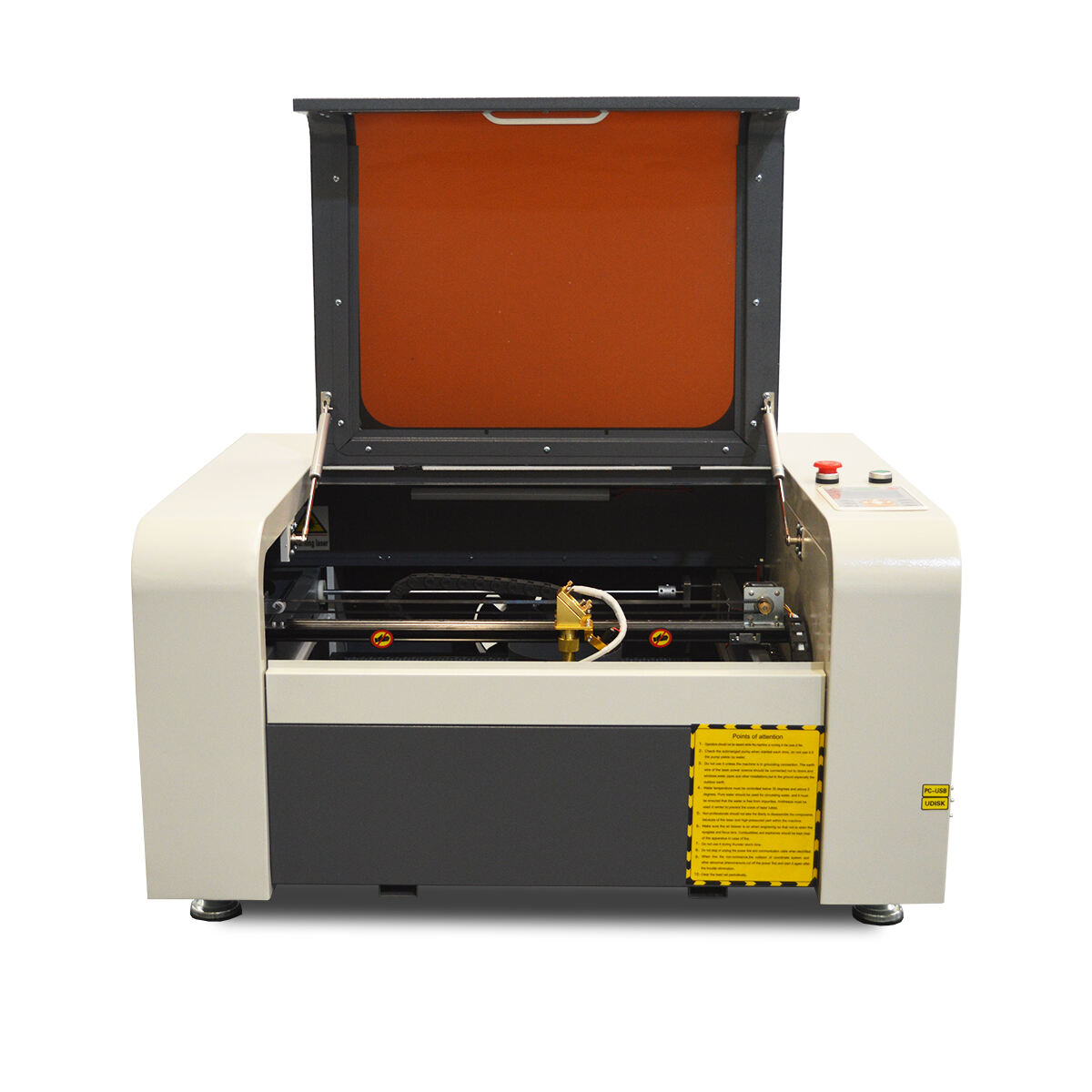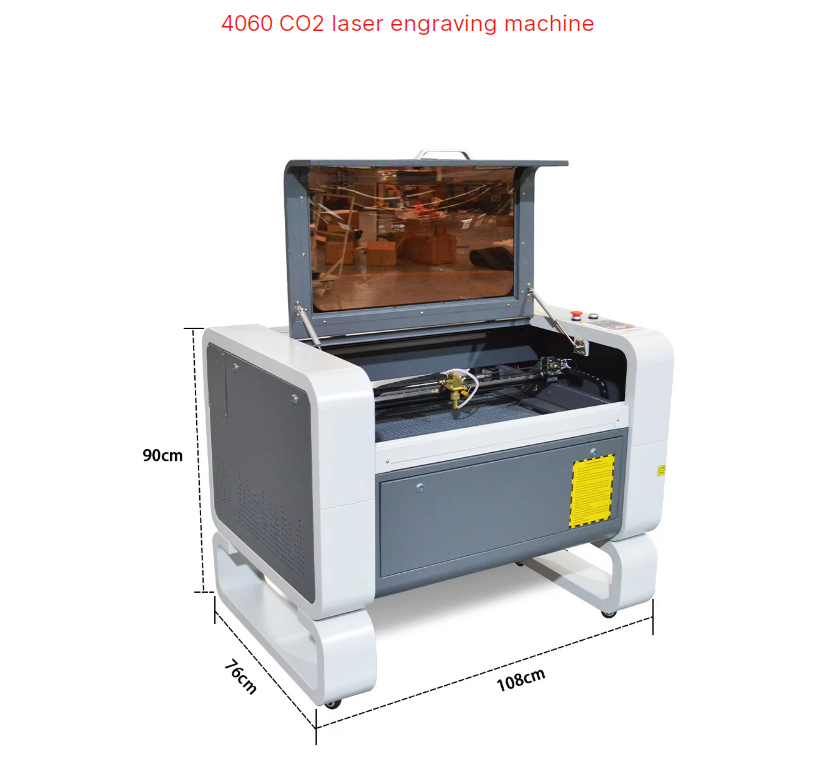How to Optimize Production with Laser Cutting Machines?
Key Strategies for Laser Cutting Optimization
Automating Workflows with AI-Driven Laser Systems
Integrating AI technologies into laser systems has revolutionized workflow automation by substantially boosting productivity. AI-driven laser systems mitigate manual errors by optimizing cutting paths automatically, leading to more efficient operations. These systems utilize real-time data analytics to dynamically adjust settings, thereby enhancing the overall efficiency of the laser cutting process. The adoption of AI in laser cutting translates to increased throughput and reduced downtime, positioning AI as a pivotal factor in the success of modern manufacturing. For instance, AMADA’s Regius 3015 AJ Fiber Laser Cutting Machine exemplifies the benefits of AI-driven path optimization, where cutting time is minimized, enhancing overall productivity.
Enhancing Precision Through Advanced Beam Focusing
Precision in laser cutting is significantly improved through advanced beam focusing techniques. By employing enhanced optics and lens systems, manufacturers can achieve superior beam quality, resulting in cleaner edges and minimizing material waste. These advanced techniques also allow for precise control over cut depths, providing flexibility in production that is crucial for varied applications. High precision cuts reduce the need for secondary operations, thus saving time and reducing costs. The importance of precision cutting can be seen in industries like automotive and aerospace, where exact specifications are critical. Technologies such as AMADA’s fiber laser solutions are incredibly effective in maintaining these high standards of precision.
Optimizing Gas Parameters for Material-Specific Cuts
Tailoring gas types and flow rates according to specific materials is essential for optimizing laser cutting processes. Utilizing oxygen for steel and nitrogen for stainless steel are known practices that enhance cut quality and efficiency, demonstrating the importance of material-specific parameters. Careful monitoring of gas purity and pressure can significantly boost cutting performance and reduce production expenses. For example, controlling the gas parameters in machines like the FLW 6000 ENSIS laser welding system ensures optimal function and cost-effectiveness. This meticulous approach not only elevates cut quality but also maximizes the use of resources in industrial cutting operations.
Choosing the Right Laser Cutting Equipment
CO2 vs. Fiber Lasers: Matching Technology to Materials
When selecting laser cutting equipment, understanding the differences between CO2 and fiber lasers is crucial. CO2 lasers are renowned for their proficiency with organic materials like wood and acrylic. They deliver smooth edges and facilitate faster processing times, making them a preferred choice for industries that prioritize quality in non-metal materials. On the other hand, fiber lasers are more efficient when dealing with metals and reflective surfaces, thanks to their superior energy consumption and faster cutting capabilities. Choosing the right type of laser depends largely on the nature of the materials you intend to cut. For instance, fiber lasers are optimal for cutting through metals due to their precision and efficiency. Recognizing the material properties and thickness is vital to ensure you pick the most suitable laser technology for your needs.
Evaluating Cutting Area and Power Requirements
Determining the appropriate cutting area and power settings is fundamental to optimizing laser cutting operations. Each project varies in the size of materials and the precision needed, so ensuring that your equipment has a sufficient cutting area is essential for maintaining workflow efficiency. Additionally, the power requirements of your laser cutter are intimately linked to both the speed and material thickness capabilities. Higher power settings can facilitate faster cutting speeds and allow for thicker materials to be processed, albeit with potentially increased energy consumption. Therefore, balancing these factors is key to achieving both economical and effective production cycles in laser cutting projects.
Top Laser Cutting Machines for Enhanced Production Efficiency
Laser Engraving & Cutting Machine 4040: Compact Precision for Thin Materials
The Laser Engraving & Cutting Machine 4040 is specifically designed for achieving precise engravings and cuts on thin materials like acrylic and wood. This capability enhances the detail and quality of the finished products, making it ideal for small-scale projects focusing on accuracy. The machine's compact size further complements its function, allowing it to fit seamlessly into smaller workshops or in prototyping environments where space is at a premium. Its user-friendly design and ease of operation elevate it as a practical choice for start-ups and experimental labs aiming for precise and high-quality outputs.
Laser Engraving & Cutting Machine 4060: Expanded Work Area for Complex Designs
For those who need to handle more intricate and larger designs, the Laser Engraving & Cutting Machine 4060 provides an expanded work area. This enhancement supports creativity and flexibility in executing complex projects that might involve multiple materials or detailed customization. This makes the 4060 model especially suitable for businesses specializing in custom work, allowing them to tackle a broader range of creative designs. The machine’s larger surface area and versatile capabilities ensure that businesses can optimize their workflow without compromising on the intricacy or quality of the output.
Fiber Laser Cutting Machine 1530: High-Power Metal Processing
The Fiber Laser Cutting Machine 1530 excels in efficiently processing metal materials, offering rapid speeds ideal for industrial applications needing high power and performance. Its design is optimized for high-volume tasks, where speed and cost-efficiency are crucial. The machine contributes significantly to reducing operating costs, thanks to its advanced fiber laser technology that ensures precise cuts without sacrificing throughput. This makes it an indispensable asset for manufacturing environments focused on scaling up productivity while maintaining meticulous quality in metal works.
Fiber Laser Cutting Machine 1530: Heavy-Duty Industrial Applications
This specific Fiber Laser Cutting Machine 1530 is constructed for the most demanding industrial applications, where its heavy-duty performance is paramount. Built to withstand high operational loads, it ensures durability and reliability in large-scale production environments. Its high-power output facilitates cutting through thick metal materials effortlessly, a critical requirement for industries dealing with complex and hefty fabrications. This robust capability makes it a go-to solution for environments seeking both endurance and superior cutting precision in their operations.
Maintaining Peak Performance in Laser Cutting Operations
Preventive Maintenance for Laser Tubes and Optics
A critical aspect of keeping laser cutting machines operating at peak performance involves regular preventive maintenance of laser tubes and optics. Regular inspections and timely replacements are essential to prevent costly downtimes and ensure consistent performance. By establishing a preventative maintenance schedule, you can extend the lifespan and reliability of your laser engraver machine. This practice not only maintains cutting quality but also helps in identifying potential issues before they escalate, safeguarding against unexpected breakdowns.
Software Updates for Cutting Path Optimization
Keeping your laser cutting operation efficient requires staying up-to-date with software updates, which are crucial for cutting path optimization. These updates often introduce new features and algorithms that significantly enhance cutting speed and accuracy. Improved path optimization can notably impact production efficiency, reducing cycle times and minimizing material waste. Regularly updating the software ensures that you can leverage these advancements, maintaining competitive productivity levels in your operations.






